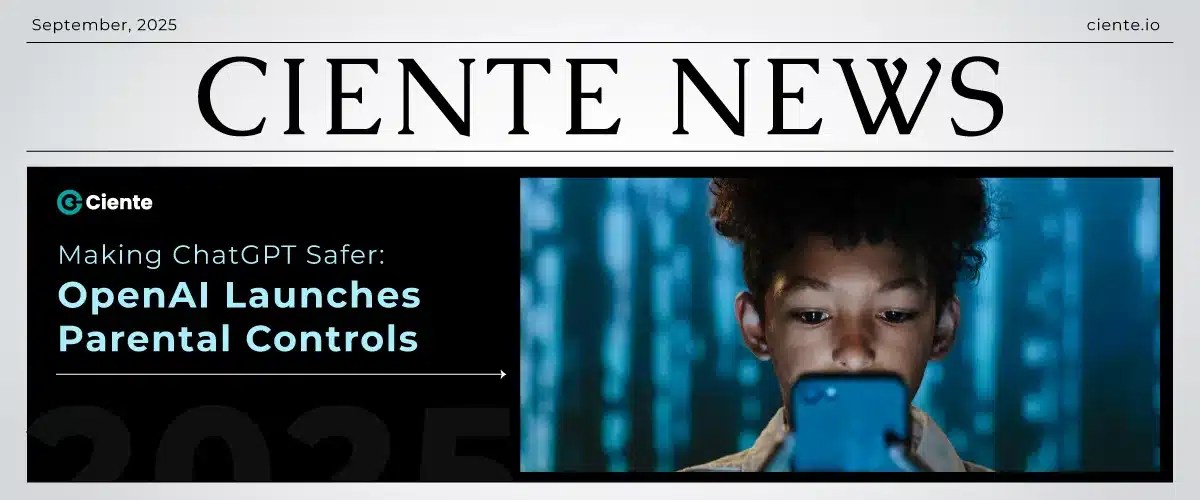How your photo voltaic rooftop turned a nationwide safety concern
James Showalter describes a reasonably particular if not fully implausible nightmare state of affairs. Somebody drives as much as your home, cracks your Wi-Fi password, after which begins messing with the photo voltaic inverter mounted beside your storage. This unassuming grey field converts the direct present out of your rooftop panels into the alternating present that powers your private home.
“You’ve acquired to have a photo voltaic stalker” for this state of affairs to play out, says Showalter, describing the sort of one who would want to bodily present up in your driveway with each the technical know-how and the motivation to hack your private home power system.
The CEO of EG4 Electronics, an organization primarily based in Sulphur Springs, Texas, doesn’t take into account this sequence of occasions significantly doubtless. Nonetheless, it’s why his firm final week discovered itself within the highlight when U.S. cybersecurity company CISA published an advisory detailing safety vulnerabilities in EG4’s photo voltaic inverters. The issues, CISA famous, might enable an attacker with entry to the identical community as an affected inverter and its serial quantity to intercept information, set up malicious firmware, or seize management of the entire system.
For the roughly 55,000 clients who personal EG4’s affected inverter mannequin, the episode in all probability felt like an unsettling introduction to a tool that they little perceive. What they’re studying is that fashionable photo voltaic inverters aren’t easy energy converters anymore. They now function the spine of residence power installations, monitoring efficiency, speaking with utility corporations, and, when there’s extra energy, feeding it again into the grid.
A lot of this has occurred with out individuals noticing. “No person knew what the hell a photo voltaic inverter was 5 years in the past,” observes Justin Pascale, a principal advisor at Dragos, a cybersecurity agency that focuses on industrial techniques. “Now we’re speaking about it on the nationwide and worldwide stage.”
Safety shortcomings and clients complaints
Among the numbers spotlight the diploma to which particular person properties within the U.S. have gotten miniature energy crops. In keeping with the U.S. Power Data Administration, small-scale photo voltaic installations – primarily residential – grew more than fivefold between 2014 and 2022. What was as soon as the province of local weather advocates and early adopters turned extra mainstream owing to falling prices, authorities incentives, and a rising consciousness of local weather change.
Techcrunch occasion
San Francisco
|
October 27-29, 2025
Every photo voltaic set up provides one other node to an increasing community of interconnected units, each contributing to power independence but in addition changing into a possible entry level for somebody with malicious intent.
When pressed about his firm’s safety requirements, Showalter acknowledges its shortcomings, however he additionally deflects. “This isn’t an EG4 downside,” he says. “That is an industry-wide downside.” Over a Zoom name and later, on this editor’s inbox, he produces a 14-page report cataloguing 88 photo voltaic power vulnerability disclosures throughout industrial and residential functions since 2019.
Not all of his clients – a few of whom took to Reddit to complain – are sympathetic, significantly provided that CISA’s advisory revealed basic design flaws: communication between monitoring functions and inverters that occurred in unencrypted plain textual content, firmware updates that lacked integrity checks, and rudimentary authentication procedures.
“These had been basic safety lapses,” says one buyer of the corporate, who requested to talk anonymously. “Including insult to damage,” continues this particular person, “EG4 didn’t even trouble to inform me or provide steered mitigations.”
Requested why EG4 didn’t alert clients straightaway when CISA reached out to the corporate, Showalter calls it a “stay and be taught” second.
“As a result of we’re so shut [to addressing CISA’s concerns] and it’s such a optimistic relationship with CISA, we had been going to get to the ‘completed’ button, after which advise individuals, so we’re not in the course of the cake being baked,” says Showalter.
TechCrunch reached out to CISA earlier this week for extra data; the company has not responded. In its advisory about EG4, CISA states that “no identified public exploitation particularly focusing on these vulnerabilities has been reported to CISA right now.”
Connections to China spark safety considerations
Whereas unrelated, the timing of EG4’s public relations disaster coincides with broader anxieties concerning the provide chain safety of renewable power tools.
Earlier this 12 months, U.S. power officers reportedly started reassessing dangers posed by units made in China after discovering unexplained communication tools inside some inverters and batteries. According to a Reuters investigation, undocumented mobile radios and different communication units had been present in tools from a number of Chinese language suppliers – elements that hadn’t appeared on official {hardware} lists.
This reported discovery carries specific weight given China’s dominance in photo voltaic manufacturing. That very same Reuters story famous that Huawei is the world’s largest provider of inverters, accounting for 29% of shipments globally in 2022, adopted by Chinese language friends Sungrow and Ginlong Solis. Some 200 GW of European solar power capacity is linked to inverters made in China, which is roughly equal to greater than 200 nuclear energy crops.
The geopolitical implications haven’t escaped discover. Lithuania final 12 months passed a law blocking distant Chinese language entry to photo voltaic, wind and battery installations above 100 kilowatts, successfully proscribing using Chinese language inverters. Showalter says his firm is responding to buyer considerations by equally beginning to transfer away from Chinese language suppliers and towards elements made by corporations elsewhere, together with in Germany.
However the vulnerabilities CISA described in EG4’s techniques elevate questions that reach past any single firm’s practices or the place it sources its elements. The U.S. requirements company NIST warns that “in case you remotely management a big sufficient variety of residence photo voltaic inverters, and do one thing nefarious without delay, that would have catastrophic implications to the grid for a chronic time period.”
The excellent news (if there’s any), is that whereas theoretically doable, this state of affairs faces loads of sensible limitations.
Pascale, who works with utility-scale photo voltaic installations, notes that residential inverters serve primarily two features: changing energy from direct to alternating present, and facilitating the connection again to the grid. A mass assault would require compromising huge numbers of particular person properties concurrently. (Such assaults should not unimaginable however usually tend to contain focusing on the producers themselves, a few of which have distant entry to their clients’ photo voltaic inverters, as evidenced by security researchers last year.)
The regulatory framework that governs bigger installations doesn’t proper now prolong to residential techniques. The North American Electrical Reliability Company’s Essential Infrastructure Safety requirements currently apply solely to bigger amenities producing 75 megawatts or extra, like photo voltaic farms.
As a result of residential installations fall thus far beneath these thresholds, they function in a regulatory grey zone the place cybersecurity requirements stay solutions somewhat than necessities.
However the finish result’s that the safety of 1000’s of small installations relies upon largely on the discretion of particular person producers which are working in a regulatory vacuum.
On the problem of unencrypted information transmission, for instance, which is one purpose EG4 acquired that slap on the hand from CISA, Pascale notes that in utility-scale operational environments, plain textual content transmission is frequent and typically inspired for community monitoring functions.
“Once you take a look at encryption in an enterprise surroundings, it isn’t allowed,” he explains. “However whenever you take a look at an operational surroundings, most issues are transmitted in plain textual content.”
Put one other approach, the actual concern isn’t a right away risk to particular person householders. As an alternative it ties to the mixture vulnerability of a quickly increasing community. Because the power grid turns into more and more distributed, with energy flowing from thousands and thousands of small sources somewhat than dozens of huge ones, the assault floor expands exponentially. Every inverter represents a possible stress level in a system that was by no means designed to accommodate this stage of complexity.
Showalter has embraced CISA’s intervention as what he calls a “belief improve” – a chance to distinguish his firm in a crowded market. He says that since June, EG4 has labored with the company to handle the recognized vulnerabilities, lowering an preliminary listing of ten considerations to 3 remaining gadgets that the corporate expects to resolve by October. The method has concerned updating firmware transmission protocols, implementing further identification verification for technical help calls, and redesigning authentication procedures.
However for these just like the nameless EG4 buyer who spoke with frustration concerning the firm’s response, the episode highlights the odd place that photo voltaic adopters discover themselves in. They bought what they understood to be climate-friendly tech, solely to find they’d turn into unwitting contributors in a knotty cybersecurity panorama that few appear to completely comprehend.
Source link
latest video
latest pick
news via inbox
Nulla turp dis cursus. Integer liberos euismod pretium faucibua





















